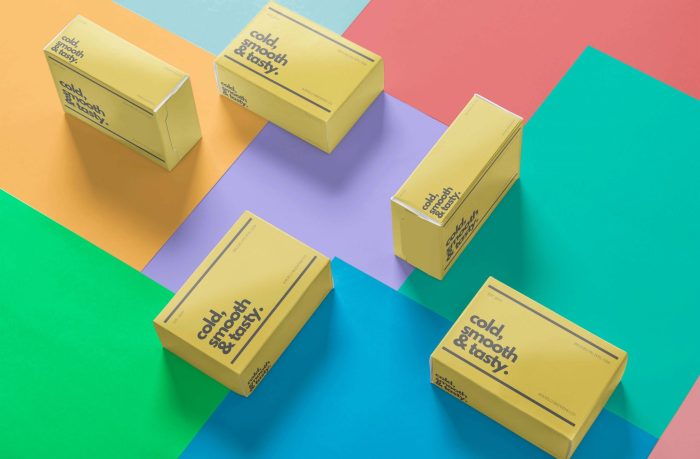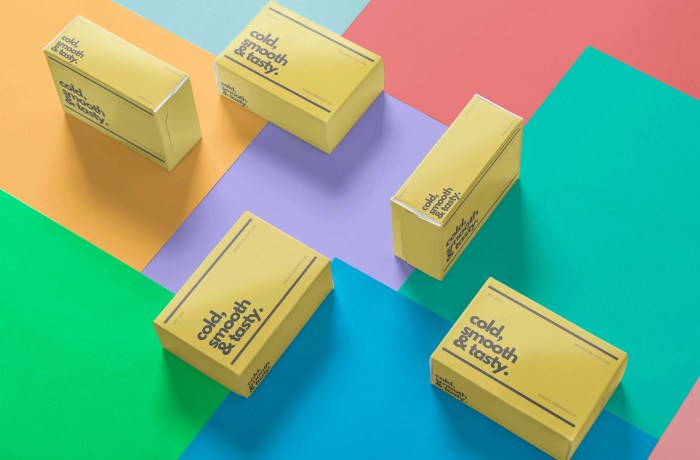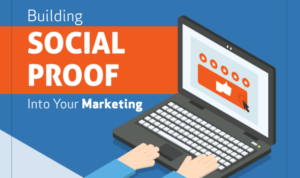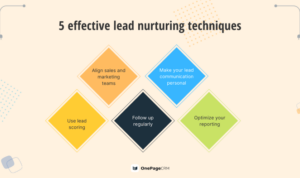Designing Product Packaging takes center stage, beckoning readers into a world of creativity and influence. Dive into the art of packaging design for brand success.
Explore the key elements, sustainability considerations, current trends, and future outlook in the dynamic realm of product packaging design.
Importance of Product Packaging Design: Designing Product Packaging
Product packaging design plays a crucial role in establishing brand identity and attracting consumers. It serves as the first point of contact between the product and the consumer, making a lasting impression and conveying the brand’s values and message.
Significance of Product Packaging Design in Brand Identity
Effective packaging design helps create a strong brand identity by using color schemes, logos, and overall aesthetic that align with the brand’s image. For example, Apple’s minimalist and sleek packaging design reflects the brand’s focus on simplicity and innovation, reinforcing its premium image in the minds of consumers.
Influence of Packaging Design on Consumer Perception and Purchasing Decisions
Packaging design has the power to influence consumer perception and purchasing decisions. Eye-catching and well-designed packaging can attract attention on the shelves and create a sense of trust and quality in the consumer’s mind. For instance, Tiffany & Co.’s iconic blue box is instantly recognizable and associated with luxury and elegance, influencing consumers to perceive the products inside as high-end and desirable.
Examples of Successful Product Packaging Designs and Their Impact on Sales
Successful product packaging designs, such as Coca-Cola’s classic contour bottle or Starbucks’ distinctive coffee cups, have become iconic symbols that contribute to brand recognition and loyalty. These designs have had a significant impact on sales by creating a strong emotional connection with consumers and enhancing the overall brand experience.
Role of Packaging Design in Differentiating Products from Competitors
In a competitive market, packaging design plays a key role in differentiating products from competitors. Unique and innovative packaging designs can help products stand out on the shelves and attract the attention of consumers amidst a sea of options. Brands like Oreo with their playful and interactive packaging design have successfully differentiated themselves from competitors, leading to increased sales and market share.
Elements of Effective Packaging Design

When designing product packaging, there are several key elements to consider in order to create a visually appealing and functional design that effectively communicates the brand’s message to consumers.
Color
Color plays a crucial role in packaging design as it can evoke emotions and communicate brand identity. The choice of colors should align with the brand’s image and appeal to the target audience.
Typography, Designing Product Packaging
Typography refers to the fonts and text styles used on the packaging. The typography should be legible, consistent with the brand’s voice, and enhance the overall visual appeal of the packaging.
Imagery
Images and graphics on packaging can help tell a story, showcase the product, and create a strong visual impact. High-quality imagery that aligns with the brand’s messaging is essential for effective packaging design.
Packaging Structure and Materials
The physical structure of the packaging, as well as the materials used, can greatly impact the overall design. The shape, size, and functionality of the packaging should complement the product and enhance the consumer experience.
Brand Messaging and Storytelling
Incorporating brand messaging and storytelling on the packaging can help create a connection with consumers and differentiate the product from competitors. Effective use of language, taglines, and narratives can reinforce the brand’s values and resonate with the target audience.
Examples of Creative Packaging Designs
Creative packaging designs that effectively communicate brand values include Apple’s minimalist and sleek packaging for their products, Coca-Cola’s iconic red and white branding, and Tiffany & Co.’s signature blue boxes that symbolize luxury and elegance.
Considerations for Sustainable Packaging

In today’s market, the importance of eco-friendly packaging is growing rapidly as consumers become more aware of environmental issues. Sustainable packaging design plays a crucial role in reducing the environmental impact of products.
Benefits of Sustainable Packaging
- Using recyclable materials in packaging design can help reduce waste and promote a circular economy.
- Biodegradable packaging materials break down naturally, reducing pollution and landfill waste.
- Energy-efficient packaging production processes can lower carbon emissions and minimize resource consumption.
Innovative Approaches to Sustainable Packaging
- Brands are experimenting with plant-based plastics, compostable packaging, and reusable containers to minimize environmental impact.
- Some companies are incorporating edible packaging materials, such as seaweed-based wraps, to reduce waste and provide additional benefits.
- Implementing packaging designs that encourage recycling and upcycling can further promote sustainability and reduce overall waste generation.
Examples of Brands with Sustainable Packaging Solutions
- Patagonia: The outdoor clothing company uses recycled and organic materials in their packaging, emphasizing their commitment to sustainability.
- Lush: The cosmetics brand offers packaging-free products and uses biodegradable materials for their packaging to minimize environmental impact.
- IKEA: The furniture retailer has introduced mushroom-based packaging as an alternative to traditional materials, showcasing their innovative approach to sustainability.
Trends in Product Packaging Design
In today’s fast-paced consumer market, product packaging design plays a crucial role in attracting customers and setting brands apart from competitors. Let’s explore some of the current trends shaping the world of packaging design.
Sustainability and Eco-consciousness
- Many companies are opting for eco-friendly packaging materials to reduce their carbon footprint and appeal to environmentally conscious consumers.
- Minimalistic designs with recyclable or biodegradable materials are becoming increasingly popular.
- Brands are focusing on creating packaging that is not only aesthetically pleasing but also sustainable in the long run.
Digitalization and Technology Integration
- Augmented reality (AR) and QR codes are being used to create interactive packaging experiences for customers.
- Smart packaging solutions that provide real-time information about the product or brand are gaining traction.
- Digital printing techniques allow for more personalized and customizable packaging designs.
Minimalism and Simplicity
- Clean and simple packaging designs with minimalistic elements are appealing to modern consumers who value clarity and authenticity.
- Neutral color palettes, sleek typography, and uncluttered layouts are prevalent in many packaging designs across industries.
- Less is more – packaging that conveys the brand message effectively without overwhelming the consumer is on the rise.
Nostalgia and Retro Vibes
- Brands are tapping into nostalgia by incorporating retro design elements and vintage aesthetics in their packaging.
- Retro-inspired packaging evokes feelings of nostalgia and connects with consumers on an emotional level.
- From old-school typography to throwback color schemes, nostalgia-driven packaging designs are making a comeback.
Future Directions and Innovations
- Personalized packaging experiences tailored to individual preferences and needs are expected to become more common.
- Innovative materials and sustainable packaging solutions will continue to drive the evolution of packaging design trends.
- Integrating technology seamlessly into packaging to enhance user experience and provide value-added services will be a key focus for brands.





